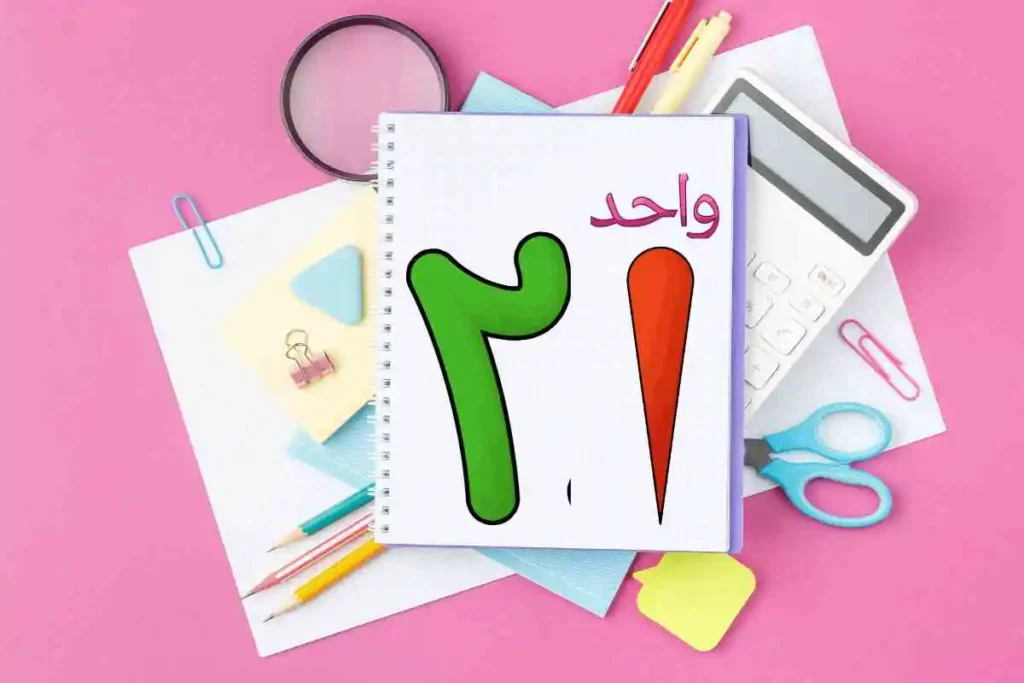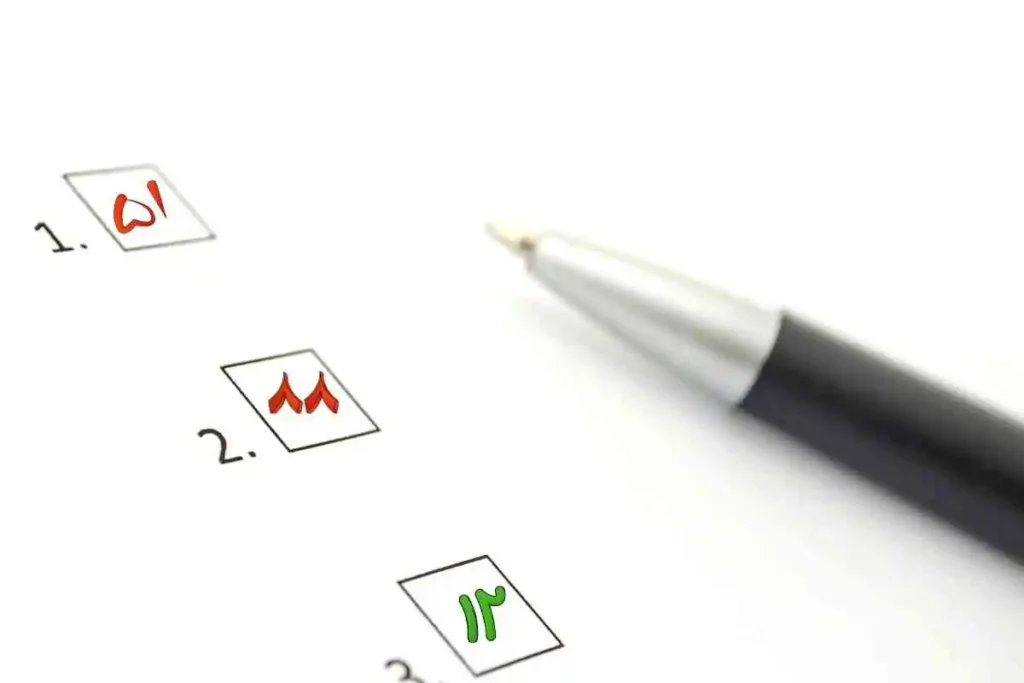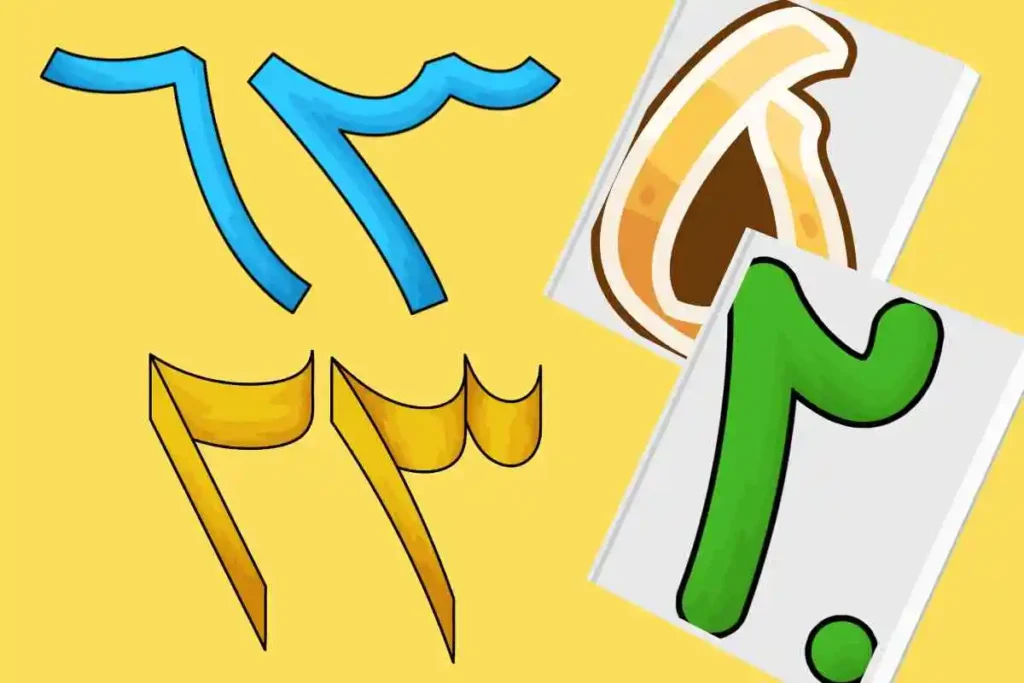
As a mom, I know how challenging it can be to teach new concepts in a way that captures kids’ attention—especially when introducing a new language like Arabic. That’s where Arabic number printables come in! These versatile resources make learning Arabic numbers engaging, interactive, and accessible for young learners. Whether you’re aiming to introduce counting in Arabic or want to develop a strong foundation in number recognition, Arabic number printables offer a flexible and enjoyable approach to early learning.
In this article, I’ll share practical ways to use these printables at home, explain why they’re a great educational tool, and introduce you to various printable options available online—from free resources to affordable, professionally designed materials on Amazon and TeacherPayTeachers.
Table of Contents
Why Use Arabic Number Printables?
Arabic number printables provide a valuable resource for parents and educators who want to introduce children to the Arabic numeral system. Learning new symbols and their meanings can feel daunting for young learners, but printables break down the process into simple, hands-on activities. Here’s why they’re effective:
- Boosts Recognition and Retention: The more a child sees and interacts with Arabic numbers, the more likely they are to remember them. Repetition through worksheets, flashcards, and tracing sheets helps solidify their memory.
- Fine Motor Skills Development: Many Arabic number printables include tracing exercises, which help kids improve their motor skills—essential for later stages of writing and drawing.
- Cultural Awareness: By introducing children to Arabic numbers and symbols, you’re opening the door to a broader understanding of languages, cultures, and traditions.
- Dual-Language Learning: Printables can be used in bilingual homes or schools to reinforce both Arabic and English numbers simultaneously, helping children develop a flexible approach to language learning.
How to Use Arabic Number Printables at Home

As a parent, you can use Arabic number printables in a variety of creative ways to make learning feel like playtime. Below are some simple ideas to get started.
1. Begin with Recognition and Tracing Printables
Start with simple recognition printables that display each number, from one to ten, in bold, clear fonts. For example, tracing sheets where children can follow the shape of each number can give them a sense of accomplishment while they learn.
- Example Product on Amazon: Arabic Numbers Tracing Book for Preschoolers
- TeacherPayTeachers Resource: Arabic Number Tracing Sheets (free or paid options)
2. Use Flashcards for Quick Practice
Flashcards are ideal for reviewing Arabic numbers regularly without making it feel like a formal lesson. You can even play games, such as matching the numbers or putting them in order.
- Amazon Product: Arabic Numbers Flashcards
3. Play Matching and Counting Games
Interactive games like matching Arabic numbers with objects or playing bingo with Arabic numbers can make learning more dynamic. Many Arabic number printables include these types of activities, which reinforce learning in a fun way.
- TeacherPayTeachers Activity: Arabic Numbers Bingo Game
4. Introduce Coloring Pages for Creative Fun
Coloring activities add an artistic element to learning Arabic numbers. Kids can color in each number or the objects associated with them, reinforcing number recognition while also enhancing creativity. Arabic numbers coloring pages make learning feel relaxed and enjoyable.
- Free TeacherPayTeachers Coloring Pages: Arabic Numbers Coloring Sheets
5. Combine with Storytelling and Counting Rhymes
If your child loves storytime, incorporate Arabic numbers by counting characters, objects, or animals. Singing counting songs or rhymes in Arabic can also help them remember the numbers through music and rhythm.
Types of Arabic Number Printables

There are many printable types, each providing a different method for practicing Arabic numbers. Here’s a breakdown of the most popular types and how they benefit your child’s learning.
1. Arabic Numbers Tracing Sheets
Tracing sheets are perfect for helping kids get familiar with the structure of each number. These sheets are often dotted to allow kids to trace the shape of the number repeatedly, building muscle memory and confidence.
- Example Product on Amazon: Arabic Number Tracing Workbook
2. Arabic Numbers Flashcards
Flashcards are a versatile tool, great for quick review sessions, and they can be used on the go. With Arabic numbers flashcards, kids can learn numbers individually or practice sequencing them in the correct order.
3. Matching and Counting Sheets
Matching games or counting worksheets connect each number to an item or group of items. This connection reinforces the concept that numbers represent quantity, helping children understand that “3” means three objects, even in Arabic.
4. Arabic Numbers Coloring Pages
Coloring pages with Arabic numbers offer a creative outlet for kids to practice numbers while engaging their artistic side. Kids can color each number, or work on themed sheets that include animals, fruits, or other images associated with numbers.
- Example on TeacherPayTeachers: Arabic Number Coloring Activities
5. Counting Practice Sheets
Counting sheets typically show images of items along with Arabic numbers, encouraging children to count along as they learn. These sheets are wonderful for children learning to associate numbers with quantities in Arabic.
Creative Ways to Use Arabic Number Printables for Enhanced Learning
Once your child is comfortable with the basics, it’s time to make learning even more interactive! Here are some creative ways to incorporate Arabic number printables into daily routines.
1. Arabic Numbers Wall Display
Print out each Arabic number on a separate sheet and create a wall display in your child’s room or learning area. Seeing the numbers every day helps reinforce memory and familiarity.
2. Create a Counting Book
Make a mini book where each page represents a different Arabic number. Your child can draw a certain number of items for each page (e.g., one apple, two cars, three birds), reinforcing both numbers and counting.
3. Arabic Number Bingo
A printable bingo game with Arabic numbers is a fun way to test number recognition. It’s also great for group settings if you have multiple children or if your child has friends or siblings learning Arabic.
4. Combine Numbers with Arts and Crafts
Get hands-on with play dough or clay by rolling out each number shape or molding items to correspond with each number (e.g., three stars, five circles).
5. Sing Counting Songs with Numbers
Singing counting songs in Arabic helps children remember numbers through rhythm. You can point to each number on a printable or trace it as you sing along.
Where to Find Quality Arabic Number Printables
There are many online resources where you can find high-quality arabic number printables. Here are a few of my favorites for both free and paid resources:
- Amazon: For printed books and workbooks, Amazon offers a variety of Arabic number tracing books and flashcards that provide structured practice.
- TeacherPayTeachers: This platform is a great place to find worksheets, tracing sheets, and coloring pages specifically created by teachers. Many resources are free or available at low cost, with categories specifically for Arabic learning.
- Pinterest: Pinterest is a goldmine for free Arabic number printables that are both creative and practical. You can find everything from basic tracing sheets to matching games and coloring pages.
Final Thoughts on Using Arabic Number Printables
Using Arabic number printables is a practical, engaging way to introduce children to the Arabic numeral system. With options ranging from tracing sheets and flashcards to interactive games, these printables can make learning numbers in Arabic an enjoyable experience. By integrating printables into daily activities, you’re not only helping your child master Arabic numbers but also fostering a love of learning.
Whether you’re using flashcards, creating an Arabic numbers wall display, or engaging with coloring pages, remember that every small step contributes to a broader understanding of numbers and language. Happy learning, and enjoy these special moments of discovery with your child!
Related Articles
- Engaging Arabic Vocabulary Flashcards – Discover how flashcards can help expand your child’s Arabic vocabulary with fun, interactive learning.
- Printable Arabic Alphabet Coloring Pages– Coloring can reinforce Arabic alphabet recognition creatively and engagingly.
- Using Arabic Alphabet Tracing Sheets to Boost Your Child’s Writing Skills – Learn how tracing sheets can build foundational writing skills in young learners.
- Learning Through Play: Essential Tips for Boosting Communication Skills in Early Learners – Play-based learning tips that improve key communication skills in children.